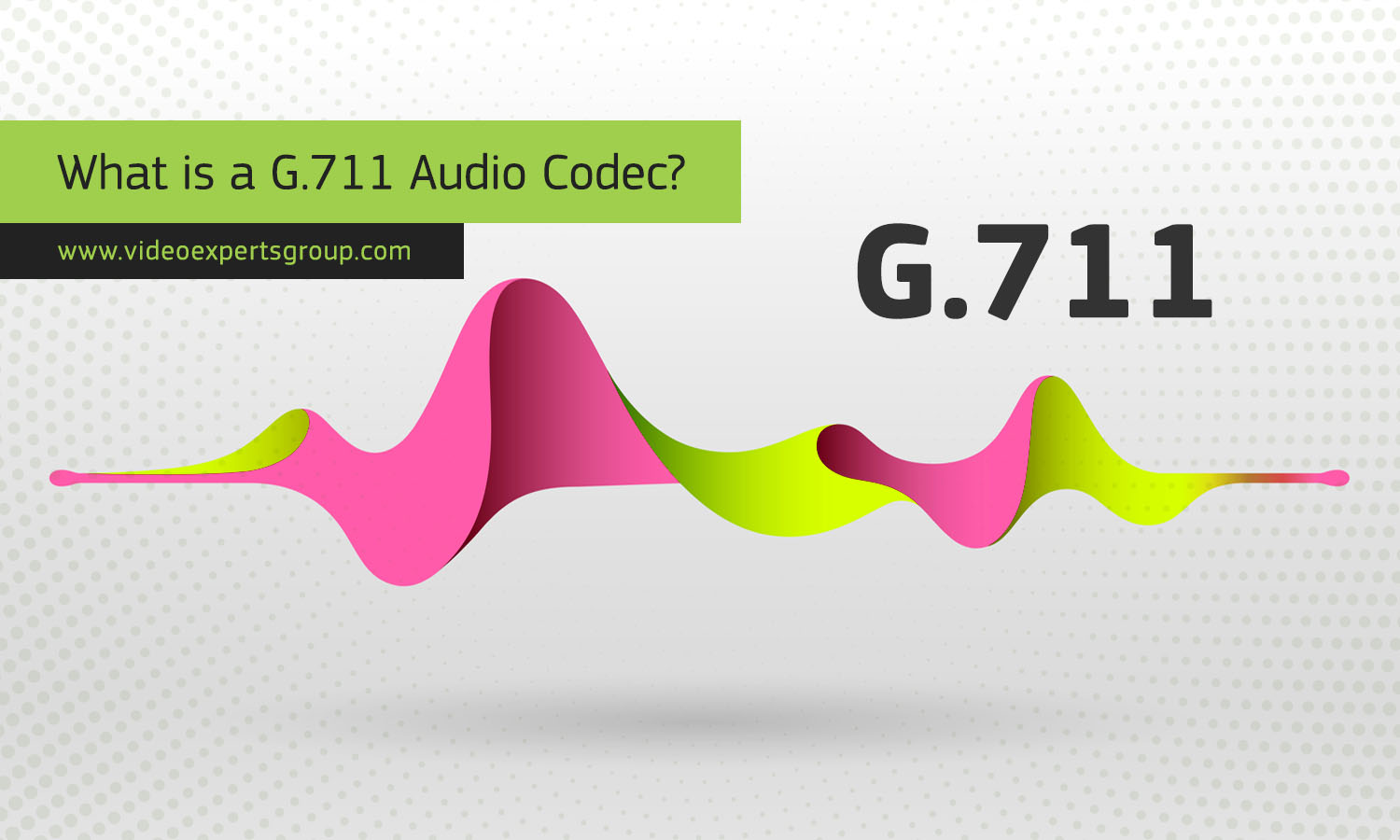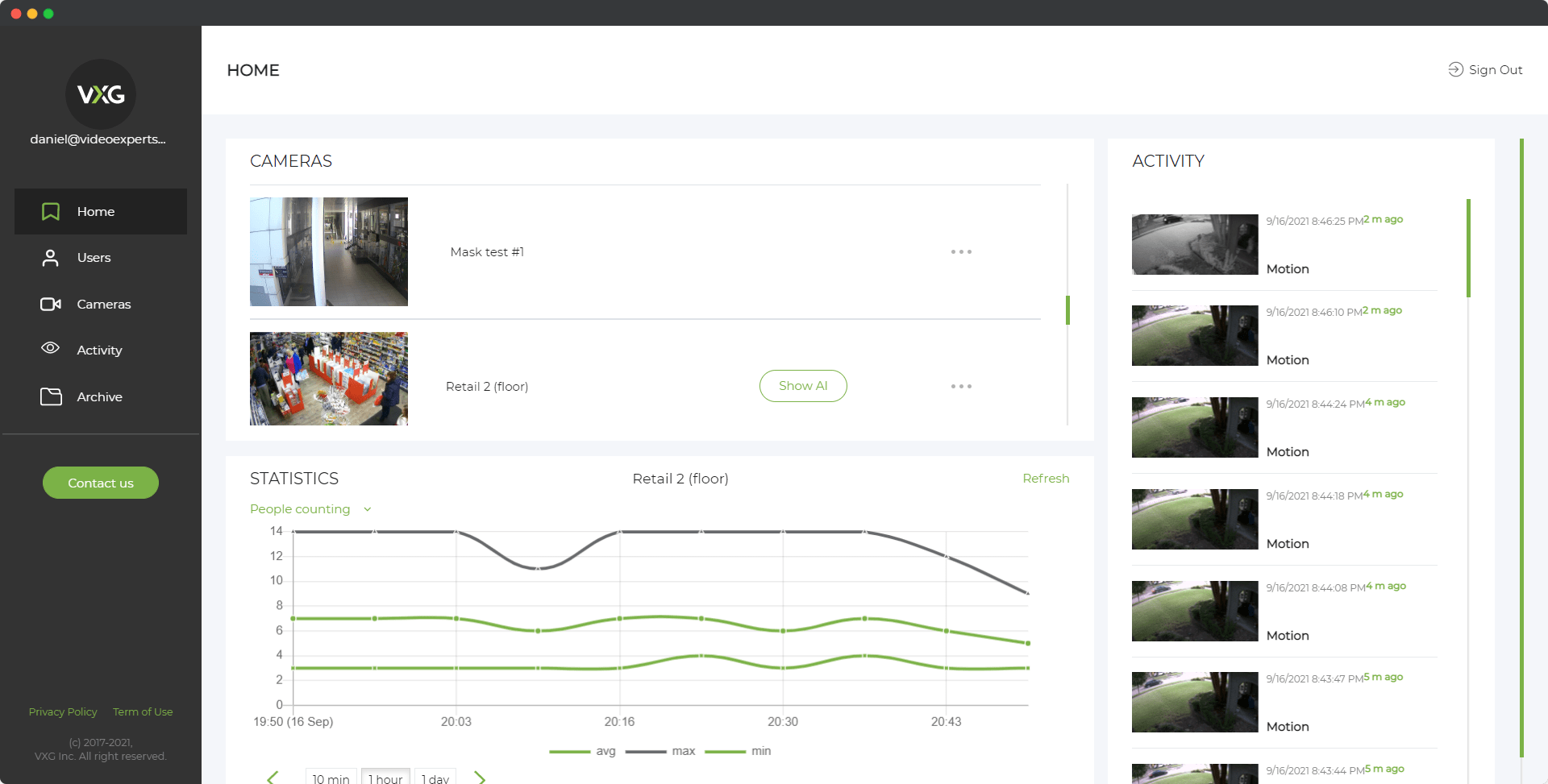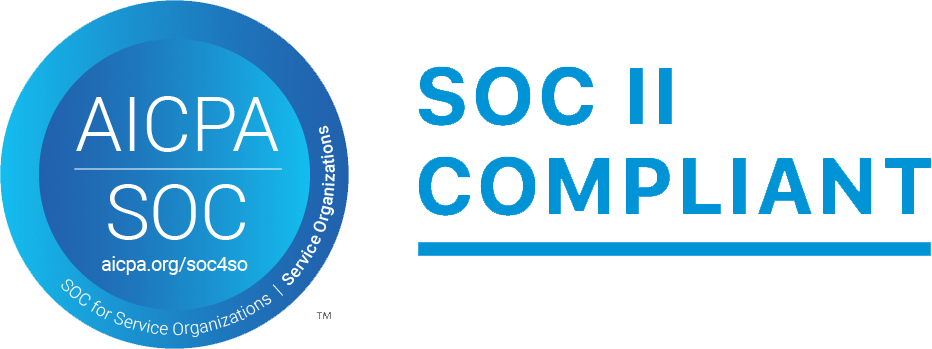In the world of telecommunications and digital audio, various technologies play crucial roles in ensuring clear and efficient communication. One such technology is the G.711 audio codec, a standard that facilitates the encoding and decoding of audio signals. Let's delve into the basics of the G.711 codec, exploring its definition, features, and types.
Definition
G.711, also known as Pulse Code Modulation (PCM), is an International Telecommunication Union (ITU) standard that outlines the method for digitally transmitting analog signals, specifically voice signals, over communication networks. This codec is widely used in the field of telephony and is fundamental for maintaining voice quality during transmission.
The G.711 codec works by sampling analog signals at a regular interval, converting these samples into a digital format, and then transmitting them across the network. At the receiving end, the process is reversed to reproduce the original analog signal. This standard ensures that voice communication remains intelligible and of high quality, making it an integral part of various communication systems.
Features
The G.711 audio codec comes with several features that contribute to its effectiveness in voice transmission:
- Lossless Compression: G.711 uses a form of lossless compression, ensuring that the transmitted audio maintains its original quality without significant loss of information. This is crucial for applications where clear and accurate voice communication is essential.
- Bit Rate: The G.711 codec operates at a fixed bit rate of 64 kbps (kilobits per second). This fixed rate simplifies the encoding and decoding processes, making it easier to implement in various communication systems.
- Compatibility: One of the notable advantages of G.711 is its widespread compatibility. Many communication devices, including traditional telephones and Voice over Internet Protocol (VoIP) systems, support this codec. This compatibility ensures seamless communication across different platforms and technologies.
- Low Latency: G.711 is known for its low latency, meaning there is minimal delay in transmitting and receiving audio signals. This feature is crucial in real-time communication scenarios, such as phone conversations, where delays can affect the natural flow of communication.
Types
There are two main types of the G.711 codec, each offering specific advantages in different situations:
- G.711 A-law (European Telecommunication Standard Institute - ETSI): Widely used in Europe and other parts of the world, G.711 A-law uses a logarithmic compression method. This type is known for its slightly higher dynamic range, making it suitable for applications that require a broader range of audio amplitudes.
- G.711 μ-law (North America and Japan): Commonly used in North America and Japan, G.711 μ-law employs a mathematical compression algorithm. While it has a slightly smaller dynamic range compared to A-law, it is still capable of delivering high-quality voice reproduction. μ-law is the preferred choice in regions where it is the standard.
The G.711 audio codec stands as a foundational technology in the realm of voice communication, ensuring that audio signals are efficiently encoded, transmitted, and decoded with minimal loss of quality. Its features, such as lossless compression, fixed bit rate, and low latency, contribute to its widespread adoption in various telecommunication systems globally. The availability of two types, G.711 A-law and G.711 μ-law, further enhances its adaptability to regional standards, making it a cornerstone in the world of digital voice transmission.
















